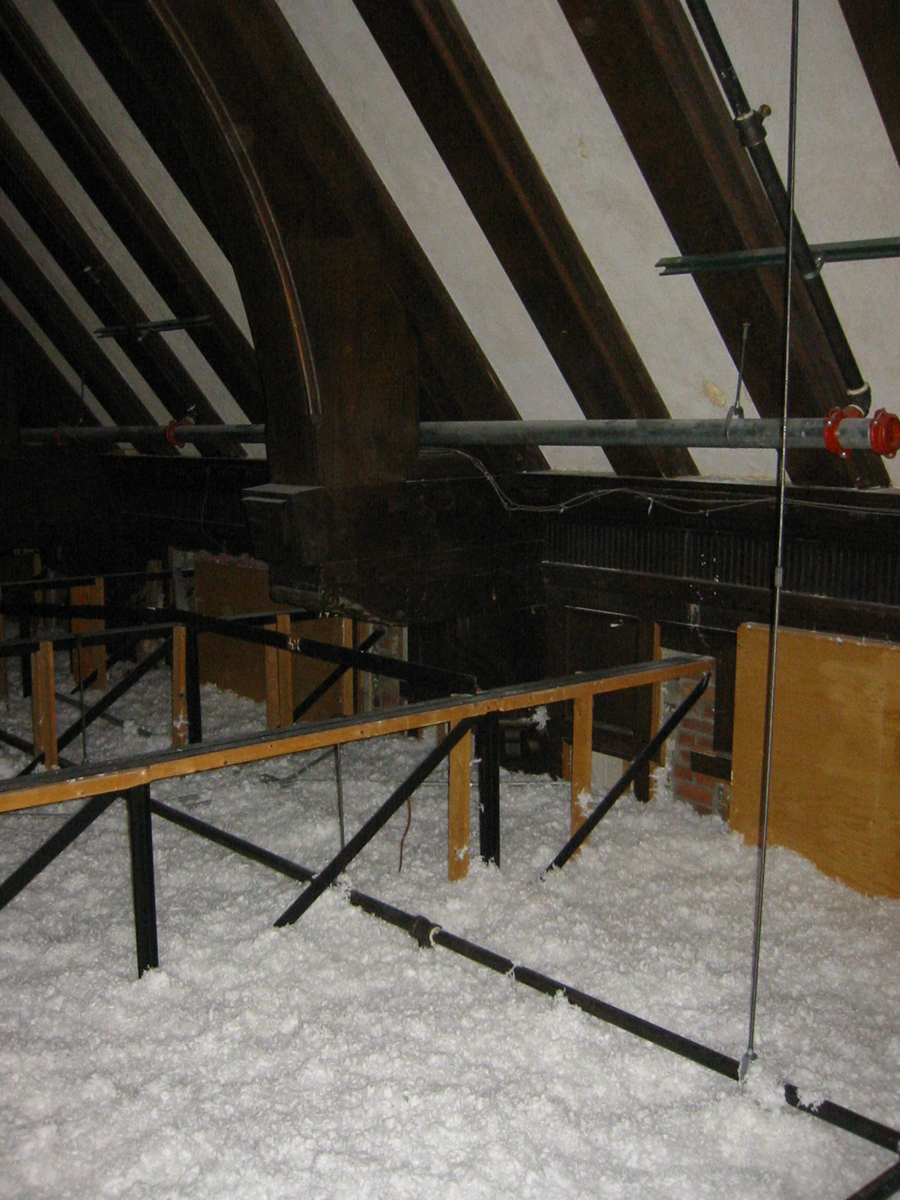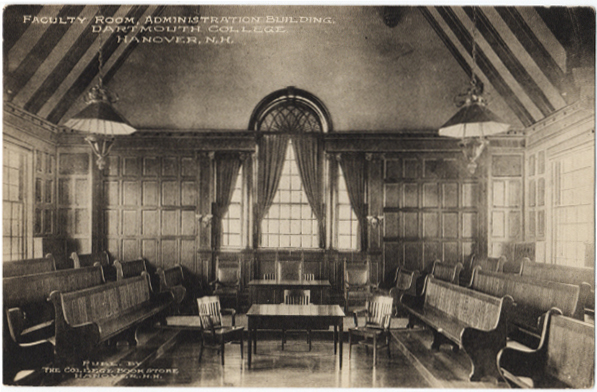Some fun things are to be found by rummaging indiscriminately in the new on-line archive:
Harrison’s first design for the Hop appeared in a remarkable illustrated article from 1957. This is the boxy, pre-arcade version of the building. The Top of the Hop was to have a cylindrical glass-walled void running through its center, all the way from the roof to the theater lobby. This seems to have evolved into the modest Barrows Exhibition Rotunda at the building’s entrance.
Ray Nash wrote on the college seal in 1941. Speaking of the seal, “Hanover’s best skylight… is found in Parkhurst Hall” according to a “best-of” list written in 1984. The skylight, which depicted the seal, was removed during a interior renovation and seemed to have been lost by May of 2006. Was it ever returned?
An article on the Rockefeller Center included architectural commentary by designer Lo-Yi Chan.
In the election of John Steel to the board of trustees, the alumni association counted its ballots on May 23, 1980. The board put off its vote of June 6, however, asking the association to investigate “any irregularities” in the campaign. On July 28 the association recommended action on the nomination, and the board elected Steel on August 16 — a delay of about ten weeks. He was seated at the board’s November meeting.
George Hathorn wrote a well-illustrated article on “Unbuilt Dartmouth” in 1978.
The master plan for Memorial Field appeared in a 1920 article.
Noel Perrin wrote an observant 1974 photographic study of Hanover-area sprawl.
—–

